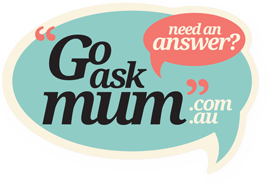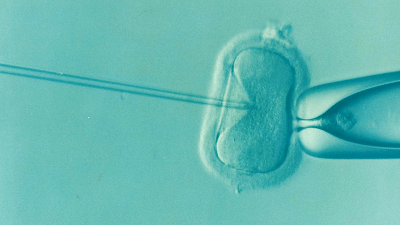A Breakthrough in Fertility Treatment for Couples Facing Infertility
Australian scientists are pioneering a new fertility treatment that could make the lives of couples dealing with infertility much simpler.
In-vitro Maturation (IVM) is an existing yet underused fertility treatment option that can decrease the need for a woman to pump her body full of hormones, is significantly less invasive and financially less debilitating.
Different to In-Vitro Fertilisation (IVF) when a woman injects herself with multiple hormones until her eggs have matured enough to be retrieved and fertilised outside of her body, IVM retrieves the eggs at a less mature stage and scientists can use a protein called Cumulin which mimics the growth factors in a woman’s eggs to mature and fertilise outside of the body, making the process easier and less involved.
The breakthrough is expected to have significant implications for fertility treatments worldwide. A research team from all over the world is being led by University of NSW Associate Professor Robert Gilchrist who says “This new treatment is a simpler, cheaper, more patient friendly infertility treatment compared to IVF.”
In-Vitro Maturation is still a while away for couples in Australia, but could be a viable option in the next three to five years. IVI would mean a woman would only need to use hormones for three days instead of three weeks in IVF. “The hormones are painful, they cause significant distress to women, they’re expensive to both the patient and also to Medicare and in some cases the drugs cause medical complications,” Prof Gilchrist said.
A cycle of In-Vitro fertilisation can cost up to $10000, and IVM would be nowhere near that expensive. “About 50 per cent of the cost of an IVF cycle is the drugs and those drugs are currently paid by Medicare. So remove the drugs and you’ve got a 50 per cent saving,” he said.
Professor Gilchrist hopes that his research will help Australian couples facing the heartbreak of infertility easier by proving that In-Vitro Maturation, if used for the appropriate woman can be just as effective as In-Vitro Fertilisation. “But the reason it is not widely used is because its success rates are lower than IVF” he says.
“Approximately 5 million babies have been born globally using IVF, but only 5000 using IVM, despite the two technologies being around for roughly the same time.”
Another member from the research team Associate Professor Jeremy Thompson, from the University of Adelaide’s Robinson Research Institute said that IVM uses less drugs than IVF which means the physical, emotional and financial burden is lessened and says “It could give a woman almost the same chance of becoming pregnant as with hormone-stimulated IVF,”
A Professor from the University of New South Wales Professor William Ledger says that there is research to show these are the reasons that some women stop participating in IVF, saying “In contrast, the IVM process is over in just a few days and is much less emotionally and physically challenging.”










